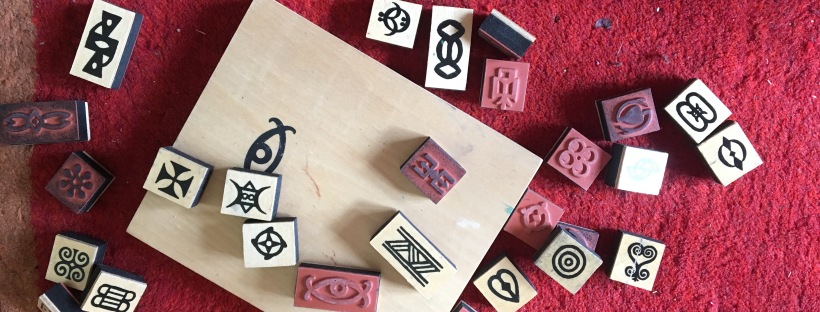Last week, I had the chance to visit an exhibition on David Adjaye, the British-Ghanaian architect whose work resonates with themes of identity, memory and belonging. Many of his buildings, such as the Smithsonian National Museum of African American History and Culture in Washington DC pay homage to the visual language of African arts, crafts and religious artefacts. The three-layered structure of the NMAAHC building, for instance, plays with the three-tiered crowns common in Yoruba art as you can see below.
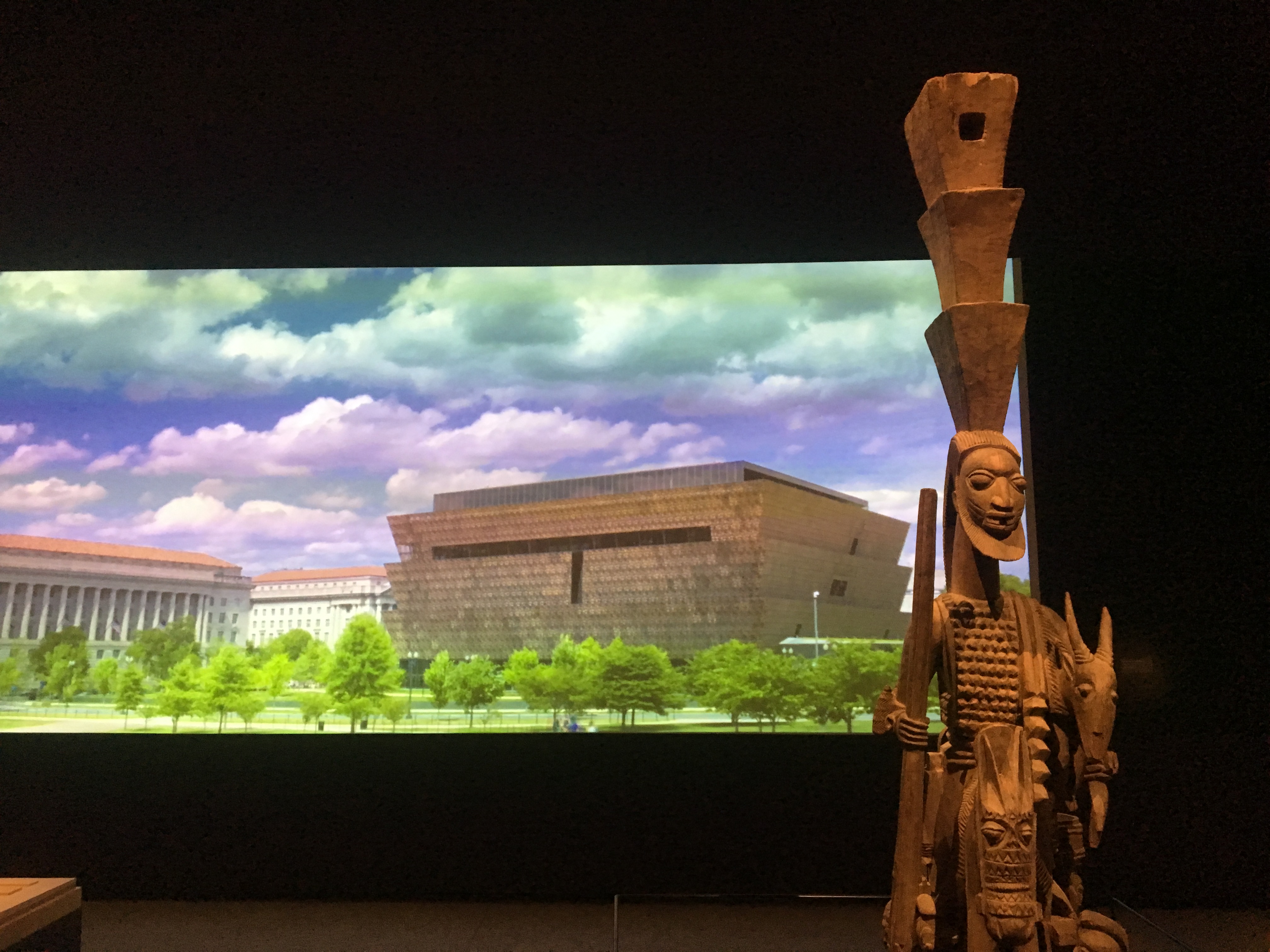
The patterned façade is inspired by ironwork typical for Louisiana and South Carolina. These two elements, from points of origin and places where enslaved Africans created a new craft form, is a beautiful metaphor for the interconnectedness of the Black Atlantic.
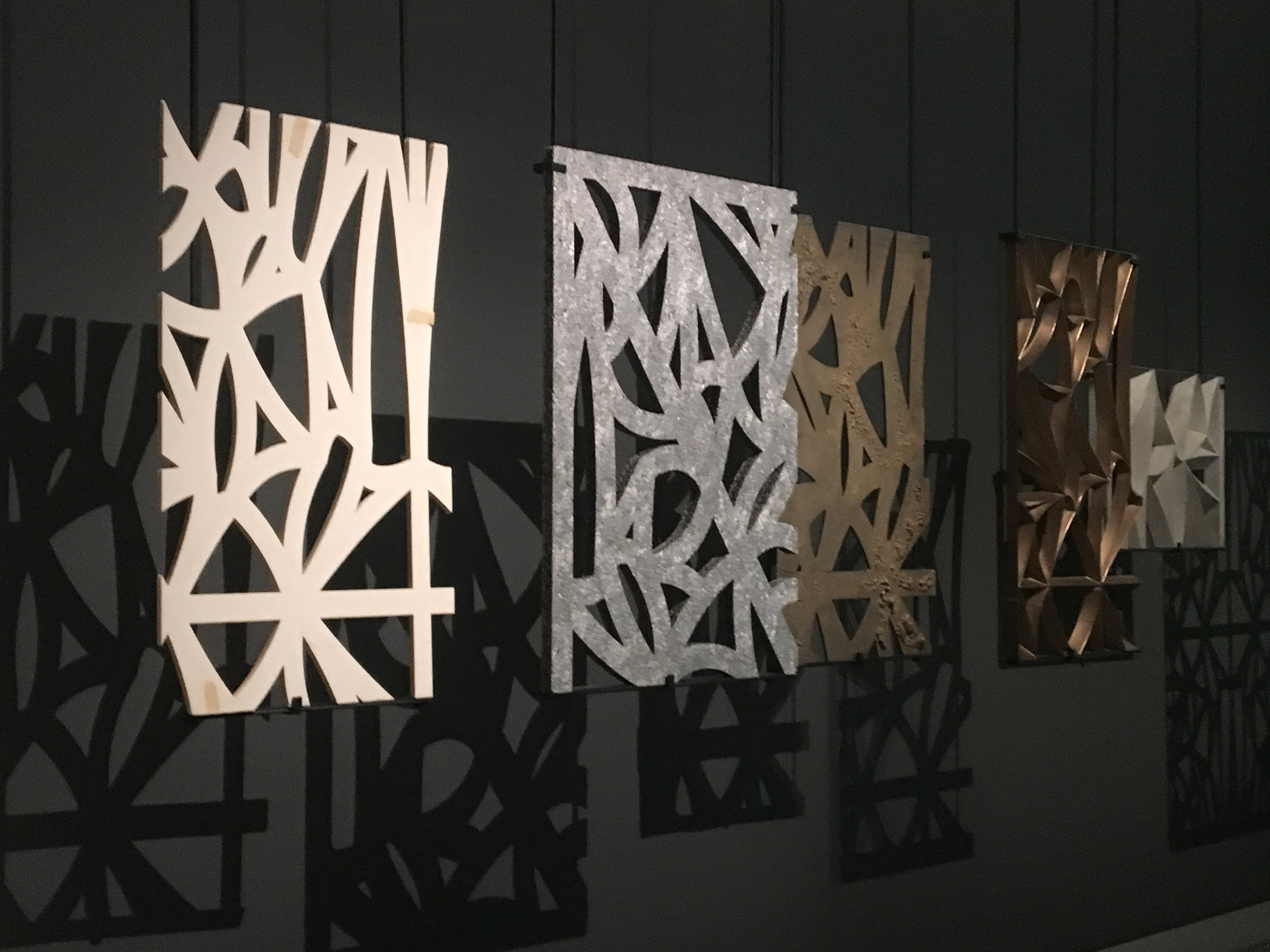
Currently, Adjaye is working on another ambitious identity-building project: the National cathedral of Ghana in Accra. This project aims at no less than at creating national unity through iconically citing symbols of precolonial power and cultural expression in its architecture, claiming Christianity, now the religion of ca. 70% of Ghanaians, as part of the religious landscape of Ghana. Of great significance are the shapes of the roof, which are visual nods to wooden stools used by West African chiefs, as well as to floating pieces of textiles. Fabrics hold manifold social meanings in West African societies, some of which I have mentioned in a previous post. In a Ghanaian context, particular symbolic importance is held by cloths decorated with Adinkra symbols.
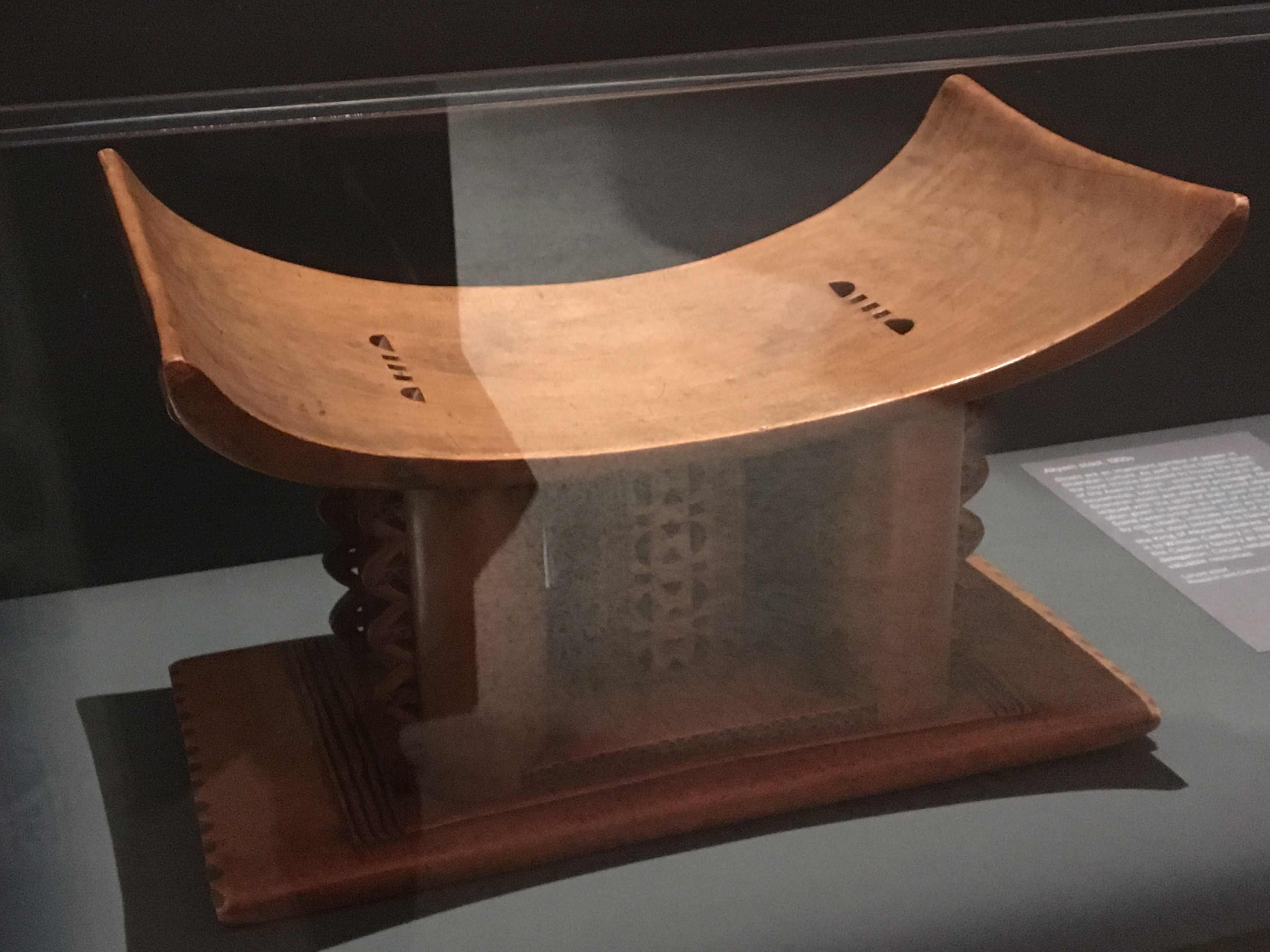
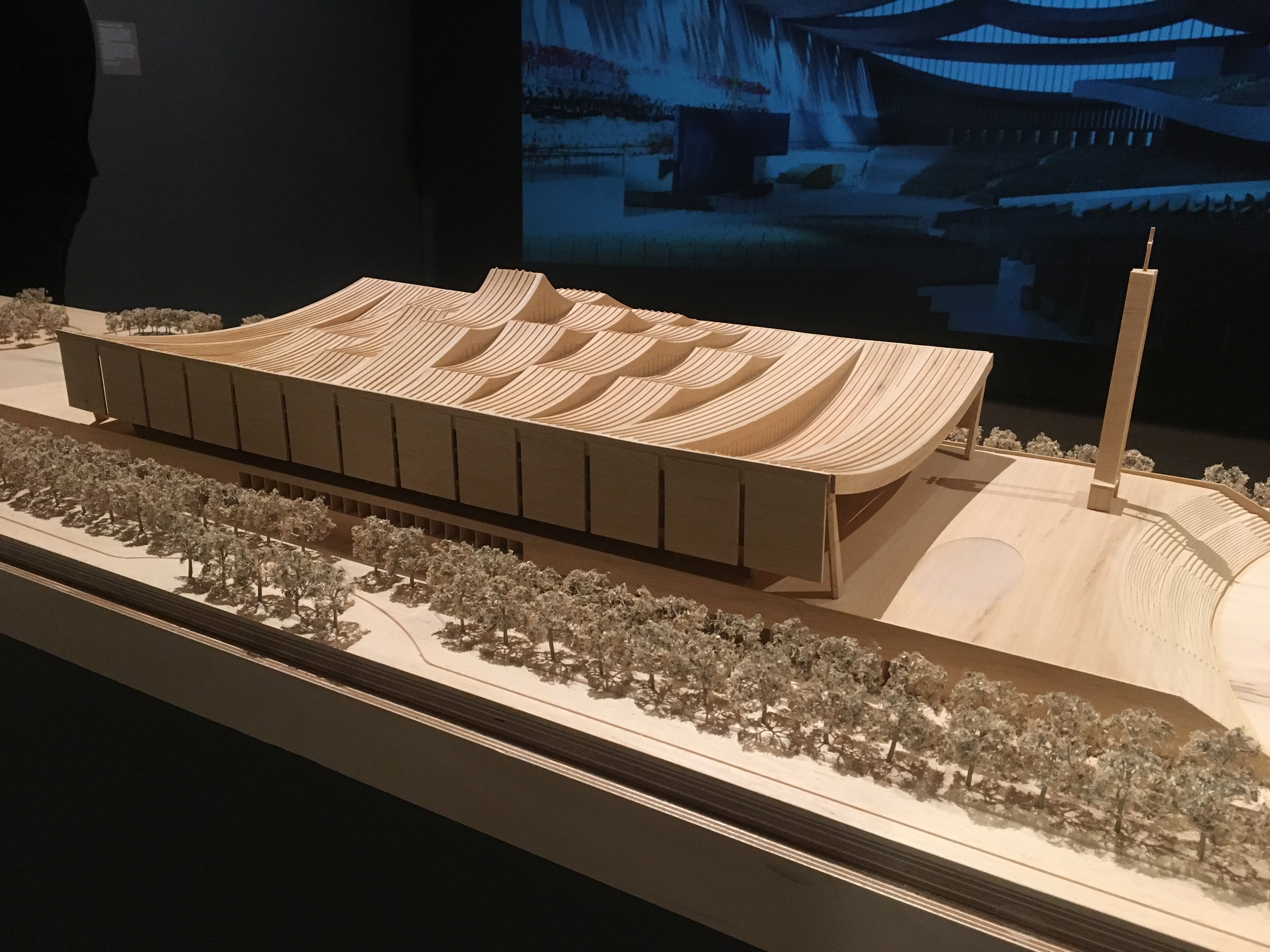
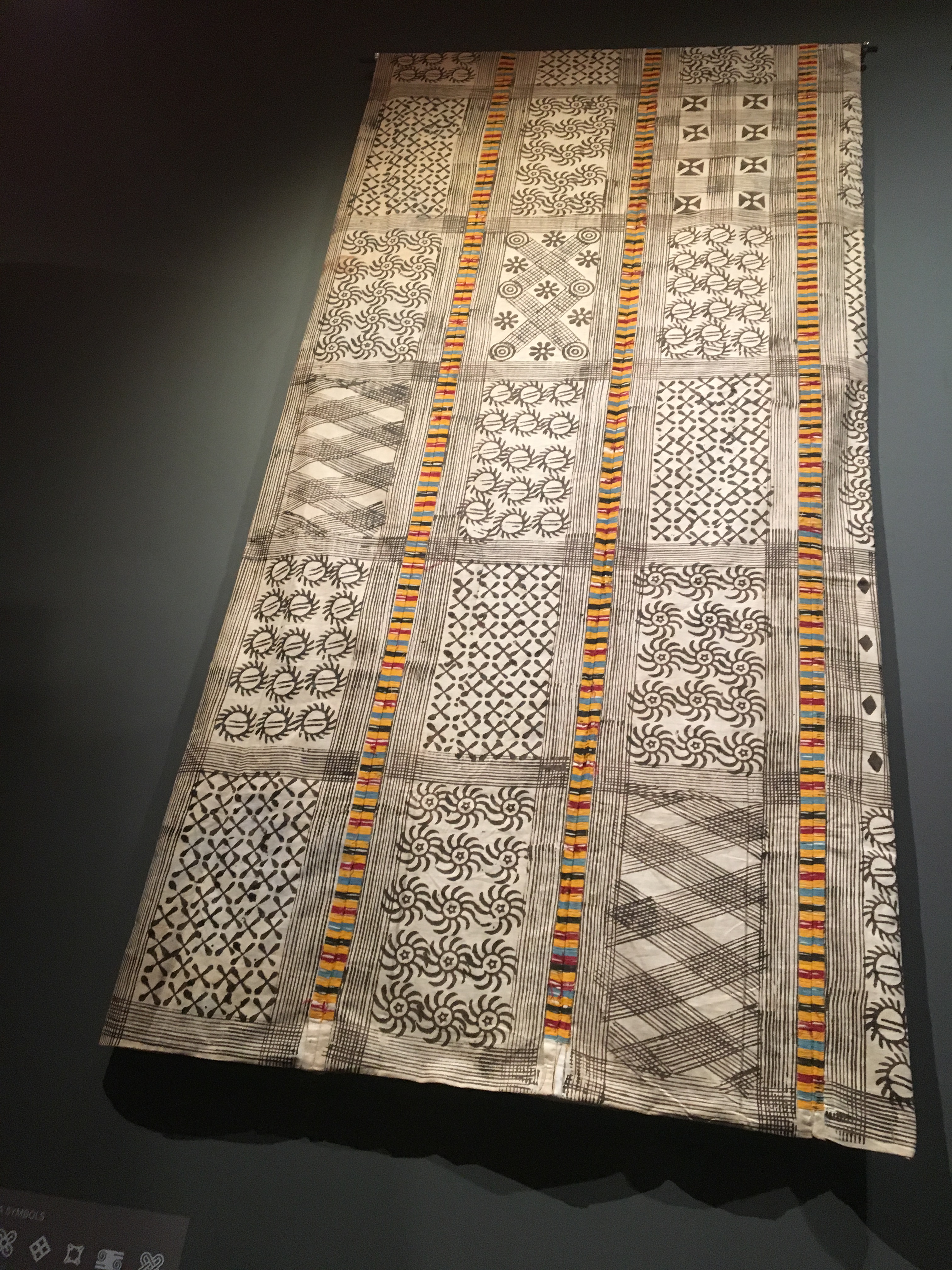
Adinkra symbols are a visual language associated with the Asante, expressing complex messages through aphorisms and proverbs. These meanings are expressed through stamps, often made from calabashes, into which the graphic symbols are carved, and which are then used to decorate fabrics. The symbol below is the stylised symbol of a bird looking back onto itself and instantiates wisdom – the capacity to learn from the past.
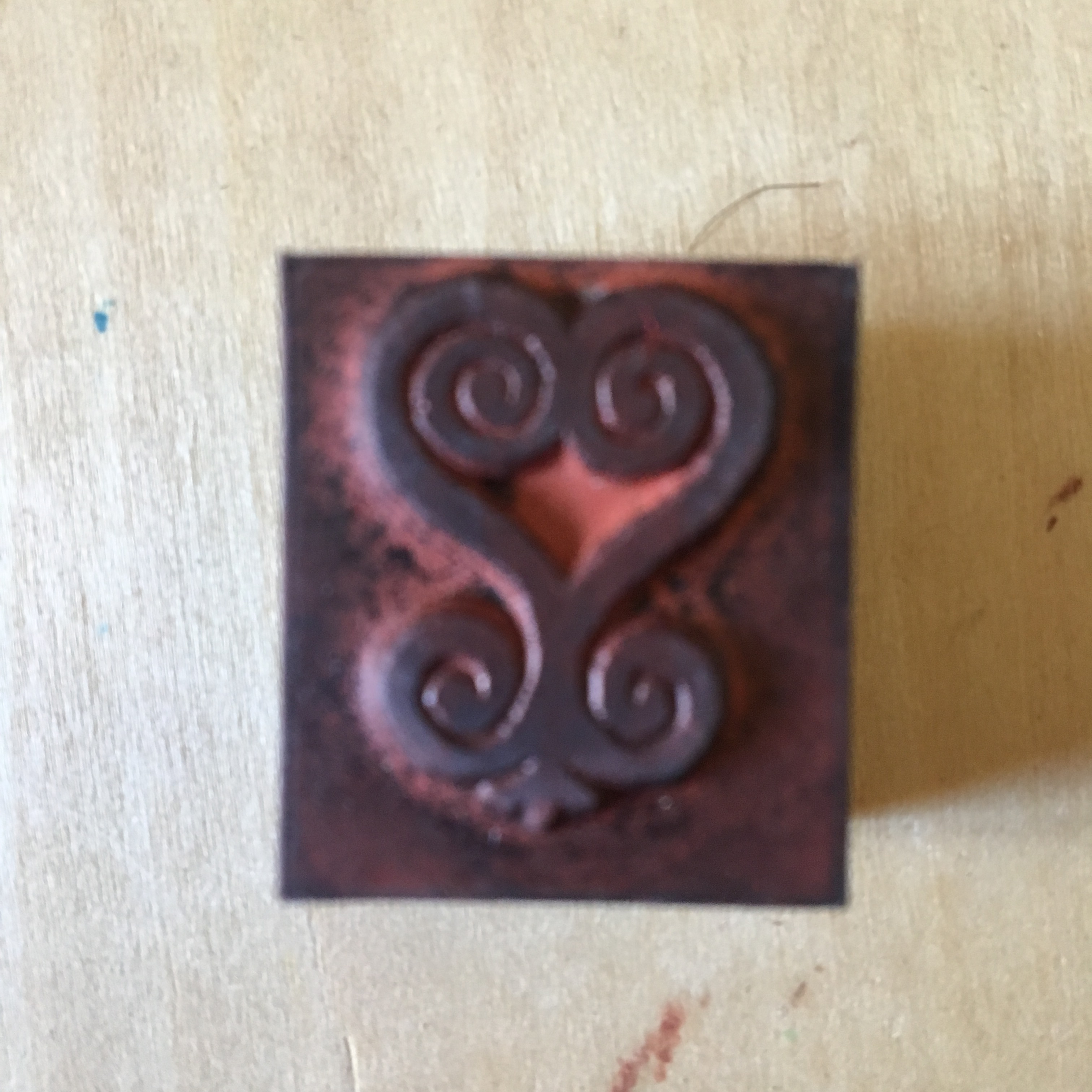
Of course it would be impossible to mention Adinkra symbols in the wider context of weaving cultural symbolism into architecture and art without mentioning the artist Kwesi Owusu-Ankomah, whose body of work is a contemporary recontextualisation of Adinkra symbols. Africa’s artistic expressions are as vibrant and transnational as its linguistic ones, creating new meanings for and with old forms and remixing them into powerful tools of memory and identity: look closely!
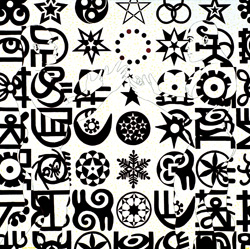
The exhibition “David Adjaye: making memory” is at the London Design Museum until August 4 2019.
Kwesi Owusu-Ankomah is represented by the October Gallery in London and also has his own web page.
